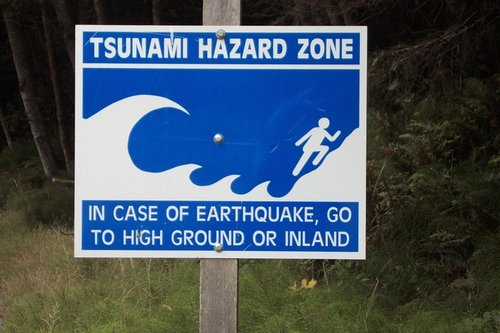It was roughly six years ago – back in 2011 – that a magnitude-9 earthquake triggered a catastrophic tsunami, which devastated areas of northeastern Japan. You may recall the subsequent headlines, many of which focused on the resulting Fukushima Daiichi Nuclear Power Plant meltdown. It’s scary to think that this disaster was neither the largest nor deadliest earthquake-tsunami combo in history. And that grim point is one reason a team from the Japan Agency for Marine-Earth Science and Technology Kochi Institute is looking for ways to mitigate the size of tsunamis. What’s possibly most interesting about the institute’s recent tsunami research, though, is that they’ve been investigating how to use bacteria to stifle tsunami size.
That’s right – bacteria. The team behind this mitigation moonshot pictures a future in which bacterial secretions can be scaled and used to fill the gaps between tectonic plates. The idea is to minimize the size of the tectonic shifts in order to reduce the severity of potential earthquakes and consequent tsunamis. (By the way, if you aren’t familiar with the science behind tsunamis, you can check out this awesome TED Ed animated video explanation).
Before designing the bacterial approach to tsunami deterrence, researchers at the Kochi Institute played with the idea of using a substance similar to cement to connect tectonic plate boundaries. Unfortunately, this approach fell short when the team had trouble getting the sticky substance to spread out. That’s when they pivoted to the idea of using carbonate ions, which are secreted by certain types of bacteria, and can form calcium carbonate when exposed to calcium in sea water. Calcium carbonate is cement-like so it has the potential to create the friction necessary to impede tsunamis. From certain logistical standpoints, the bacteria make sense given that they are self-reproducing and can fit into the spaces between tectonic plates.
When researchers put a calcium carbonate-producing strain of bacteria, known as Sporosarcina ureae, in conditions similar to those experienced at fault lines, they found the bacteria were able to increase friction by nearly 10 percent. Getting meaningful quantities of these bacteria to plate boundaries remains a significant challenge, and there are environmental considerations to be made; however, the researchers’ results show that this moonshot is off to a promising start.


